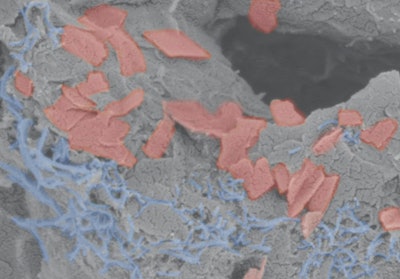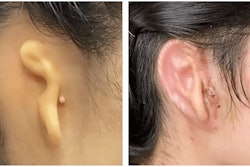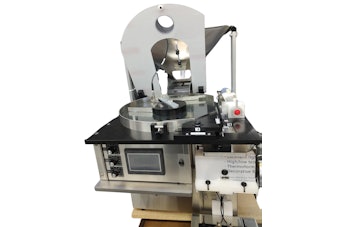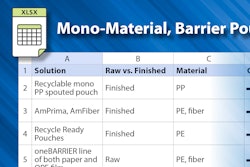
Wyss Institute
A recent Medgadget article discussed a new hydrogel scaffold that can function as a living electrode for brain-computer interface applications. A team of researchers at Harvard’s Wyss Institute created a porous and flexible scaffold by freeze-drying electrically conductive materials. The freeze drying process created ice-crystals in the material that leaves behind pores in which cells can enter and live.





















